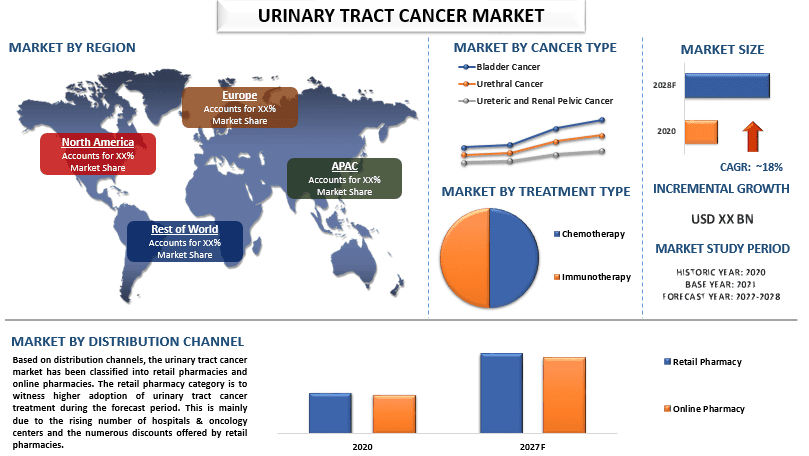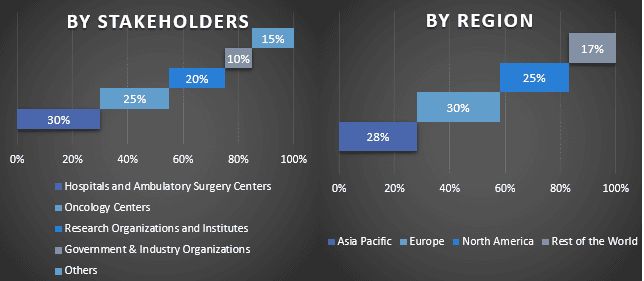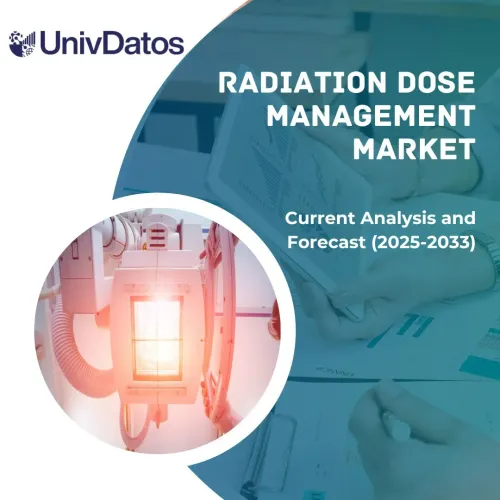- Home
- About Us
- Industry
- Services
- Reading
- Contact Us
Urinary Tract Cancer Market: Current Analysis and Forecast (2022-2028)
Emphasis on Cancer Type (Bladder Cancer, Urethral Cancer, And Ureteric and Renal Pelvic Cancer); Treatment Type (Chemotherapy and Immunotherapy); Distribution Channel (Retail Pharmacy and Online Pharmacy); and Region/Country

The global urinary tract cancer market is expected to grow at a significant rate of around 18% during the forecast period. Urinary tract cancer is a type of cancer that affects the urethra, bladder, and renal pelvic. In the therapeutic treatment of various types of cancers related to the urinary tract, including bladder cancer, ureteric cancer, renal pelvic cancer, and urethral cancer, the solutions provided by pharmaceutical players and manufacturers in the global urinary tract cancer market are utilized.
The global urinary tract cancer market is being propelled forward by an increase in the incidence of bladder cancer, an increase in private and public funding for the construction of research centers, an increase in the elderly population, and an increase in research and development activities in the healthcare industry. The tenth most common type of cancer worldwide is bladder cancer. For instance, in 2021, approximately 83,730 Americans were diagnosed with bladder cancer, according to the American Cancer Society.
- Hoffmann-La Roche, AstraZeneca plc, Bristol-Myers Squibb, Merck & Co Inc., Johnson & Johnson, Eli Lilly and Co., GlaxoSmithKline plc, Novartis International AG, Pfizer Inc., Sanofi, and Astellas Pharma Inc. are some of the key players in the market. Several M&As along with partnerships have been undertaken by these players to facilitate customers with hi-tech and innovative products/technologies.
Insights Presented in the Report
“Amongst treatment type, immunotherapy category to witness robust CAGR during the forecast period”
Based on treatment type, the market is segmented into chemotherapy and immunotherapy. Among them, the chemotherapy category is to witness a higher CAGR during the forecast period. Chemotherapy may help relieve signs and symptoms of cancer by killing some of the cancer cells. In addition, clinical trials have shown that patients with invasive bladder cancer who receive intravenous chemotherapy prior to a radical cystectomy have a better chance of survival. For instance, according to the American Cancer Society, in the United States, there are estimated to be 829,620 survivors of urinary bladder cancer, and an additional 80,470 cases were diagnosed in 2019 and more than 70% of patients with bladder cancer are diagnosed with non-muscle-invasive disease.
“Amongst distribution channel, the retail pharmacy to hold a significant share in the market in 2020”
On the basis of distribution channel, the market is categorized into the retail pharmacy and online pharmacy. Among these, retail pharmacy to hold a significant share of the market in 2020. This is mainly due to the rise in the prevalence of cancer, the surge in demand for the prescribed drug, and the increase in the drug approved for the treatment of cancer. However, the online pharmacy segment is also witnessing significant growth during the forecast period owing to the growing demand for monitoring services and advancements in the technology in the medical sector
“North America to hold a significant share in the market”
For a better understanding of the market adoption of the urinary tract cancer treatment industry, the market is analyzed based on its worldwide presence in the countries such as North America (U.S., Canada, Rest of North America), Europe (Germany, U.K., France, Spain, Italy, Rest of Europe), Asia-Pacific (China, Japan, India, Rest of Asia-Pacific), Rest of World. North America is anticipated to grow at a substantial CAGR during the forecast period. This is mainly due to the growing healthcare spending in the region, an increase in the prevalence of bladder cancer, the presence of numerous well-established industry players, and the availability of cutting-edge and strong cancer treatment solutions in regional healthcare infrastructures and facilities are the major key factor which will boost the growth of the market during the forecast period.
Reasons to buy this report:
- The study includes market sizing and forecasting analysis validated by authenticated key industry experts.
- The report presents a quick review of overall industry performance at one glance.
- The report covers an in-depth analysis of prominent industry peers with a primary focus on key business financials, product portfolio, expansion strategies, and recent developments.
- Detailed examination of drivers, restraints, key trends, and opportunities prevailing in the industry.
- The study comprehensively covers the market across different segments.
- Deep dive regional level analysis of the industry.
Customization Options:
The global urinary tract cancer market can further be customized as per the requirement or any other market segment. Besides this, UMI understands that you may have your own business needs, hence feel free to connect with us to get a report that completely suits your requirements.
Table of Content
Research Methodology for the Urinary Tract Cancer Market Analysis (2022-2028)
Analyzing the historical market, estimating the current market, and forecasting the future market of the global urinary tract cancer market were the three major steps undertaken to create and analyze the adoption of urinary tract cancers in major regions globally. Exhaustive secondary research was conducted to collect the historical market numbers and estimate the current market size. Secondly, to validate these insights, numerous findings and assumptions were taken into consideration. Moreover, exhaustive primary interviews were also conducted, with industry experts across the value chain of the global urinary tract cancer market. Post assumption and validation of market numbers through primary interviews, we employed a top-down/bottom-up approach to forecasting the complete market size. Thereafter, market breakdown and data triangulation methods were adopted to estimate and analyze the market size of segments and sub-segments of the industry pertains to. Detailed methodology is explained below:
Analysis of Historical Market Size
Step 1: In-Depth Study of Secondary Sources:
Detail secondary study was conducted to obtain the historical market size of the urinary tract cancer market through company internal sources such as annual reports & financial statements, performance presentations, press releases, etc., and external sources including journals, news & articles, government publications, competitor publications, sector reports, third-party database, and other credible publications.
Step 2: Market Segmentation:
After obtaining the historical market size of the urinary tract cancer market, we conducted a detailed secondary analysis to gather historical market insights and share for different segments & sub-segments for major regions. Major segments are included in the report as cancer type, treatment type, and distribution channel. Further country-level analyses were conducted to evaluate the overall adoption of testing models in that region.
Step 3: Factor Analysis:
After acquiring the historical market size of different segments and sub-segments, we conducted a detailed factor analysis to estimate the current market size of the urinary tract cancer market. Further, we conducted factor analysis using dependent and independent variables such as various cancer type, treatment type, and distribution channels of urinary tract cancers. A thorough analysis was conducted for demand and supply-side scenarios considering top partnerships, mergers and acquisitions, business expansion, and product launches in the urinary tract cancer market sector across the globe.
Current Market Size Estimate & Forecast
Current Market Sizing: Based on actionable insights from the above 3 steps, we arrived at the current market size, key players in the global urinary tract cancer market, and market shares of the segments. All the required percentage shares split, and market breakdowns were determined using the above-mentioned secondary approach and were verified through primary interviews.
Estimation & Forecasting: For market estimation and forecast, weights were assigned to different factors including drivers & trends, restraints, and opportunities available for the stakeholders. After analyzing these factors, relevant forecasting techniques i.e., the top-down/bottom-up approach were applied to arrive at the market forecast for 2028 for different segments and sub-segments across the major markets globally. The research methodology adopted to estimate the market size encompasses:
- The industry’s market size, in terms of revenue (USD) and the adoption rate of the urinary tract cancer market across the major markets domestically
- All percentage shares, splits, and breakdowns of market segments and sub-segments
- Key players in the global urinary tract cancer market in terms of products offered. Also, the growth strategies adopted by these players to compete in the fast-growing market
Market Size and Share Validation
Primary Research: In-depth interviews were conducted with the Key Opinion Leaders (KOLs) including Top Level Executives (CXO/VPs, Sales Head, Marketing Head, Operational Head, Regional Head, Country Head, etc.) across major regions. Primary research findings were then summarized, and statistical analysis was performed to prove the stated hypothesis. Inputs from primary research were consolidated with secondary findings, hence turning information into actionable insights.
Split of Primary Participants in Different Regions

Market Engineering
The data triangulation technique was employed to complete the overall market estimation and to arrive at precise statistical numbers for each segment and sub-segment of the global urinary tract cancer market. Data was split into several segments & sub-segments post studying various parameters and trends in the areas of cancer type, treatment type, and distribution channel in the global urinary tract cancer market.
The main objective of the Global Urinary Tract Cancer Market Study
The current & future market trends of the global urinary tract cancer market were pinpointed in the study. Investors can gain strategic insights to base their discretion for investments on the qualitative and quantitative analysis performed in the study. Current and future market trends determined the overall attractiveness of the market at a regional level, providing a platform for the industrial participant to exploit the untapped market to benefit from a first-mover advantage. Other quantitative goals of the studies include:
- Analyze the current and forecast market size of the urinary tract cancer market in terms of value (USD). Also, analyze the current and forecast market size of different segments and sub-segments
- Segments in the study include areas of cancer type, treatment type, and distribution channel.
- Define and analysis of the regulatory framework for the urinary tract cancer
- Analyze the value chain involved with the presence of various intermediaries, along with analyzing customer and competitor behaviors of the industry.
- Analyze the current and forecast market size of the urinary tract cancer market for the major region.
- Major countries of regions studied in the report include Asia Pacific, Europe, North America, and the Rest of the World.
- Company profiles of the urinary tract cancer market and the growth strategies adopted by the market players to sustain in the fast-growing market
- Deep dive regional level analysis of the industry
Related Reports
Customers who bought this item also bought










